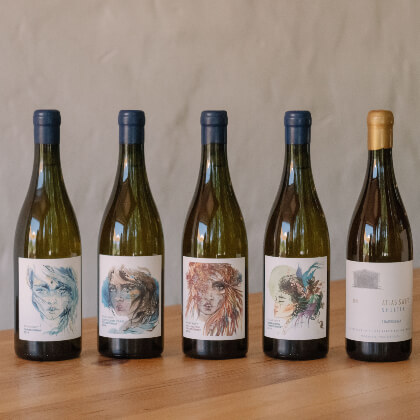
Many wine enthusiasts often come across the term “vintage” and wonder exactly what it means. This article sets out to explore the essence of vintage in the world of wine.
From harvest years to nuances in flavor, understanding vintage can add depth to every sip. Stay with us as we unravel the secrets behind this captivating aspect of winemaking.
Understanding the Concept of Vintage
For many, the term vintage simply refers to the year displayed on a wine’s label. However, the real story behind what defines a bottle as vintage runs deeper. In general, wines labeled with a specific year indicate that the grapes were harvested in that same year. This date captures a moment in time, reflecting the weather, soil conditions, and cultivation practices unique to that season.
Quality and flavor profiles can differ considerably from year to year, which is why vintage is so significant. Variations in rainfall, temperature, and sunlight all influence grape ripeness and overall character. Even subtle changes can have a dramatic impact on a wine’s taste, because each harvest is shaped by the ecological events that transpire during the growing season.
Producers often emphasize vintage to highlight exceptional harvest periods with superb growing conditions. Though many wines feature a recognizable year, truly remarkable vintages are discussed for decades, prized by collectors and connoisseurs. From these standout harvests, the aroma, color, and mouthfeel can be distinct, leaving a lasting impression of a region’s terroir and climate during that specific moment.
Indicators of Quality and Aging Potential
Many people wonder about the meaning behind a wine’s vintage label and how it correlates with quality. While the year is crucial, the reputation of that vintage often hinges on conditions like rainfall distribution, late frosts, or extreme heat spells. A balanced growing cycle with moderate temperatures usually benefits wine development, contributing to finer, more balanced characteristics in the final product.
Additionally, the winery’s techniques and decisions during fermentation, barrel aging, and bottling play a role in how a vintage evolves. Skilled vintners adapt their methods to bring out the best of the year’s grapes, resulting in distinct flavors and aromas. For instance, wines from cooler years may display brighter acidity, while warmer years produce fuller-bodied, fruit-forward profiles.
The topic of maturity is also tied closely to vintage. Certain harvests with sturdy tannins and amplified complexity can benefit from longer cellaring, developing deeper flavors over time. Other vintages are made to be enjoyed sooner, highlighting freshness and lively aromatics. In both cases, a wine’s year of origin sets the tone for its aging journey, guiding enthusiasts in selecting the right time to uncork a cherished bottle.
Selecting and Enjoying Vintage Bottles
To properly navigate the world of older or specialty wines, it helps to understand the factors that classify a harvest as vintage. Not every year produces a standout yield, so it’s important to research regional growing conditions and winemaking styles. Reading expert reviews and tasting notes can offer guidance, yet personal preference should remain the ultimate measure of a successful choice.
When browsing bottle labels, seek information about the region and any standout acclaim attached to that particular year. It can be rewarding to taste both lauded vintages and lesser-known ones that might boast unique traits. Savoring a vintage often involves noticing how the maturation process has enhanced nuances in aroma, texture, and overall depth, making each sip a moment to relish.
Storage also makes a substantial difference. A proper environment with stable temperature, minimal light exposure, and consistent humidity can preserve a wine’s qualities over time. This creates the best conditions for a bottle to reach its ideal state. Whether you plan to share an aged gem with close friends or enjoy it on a quiet evening, the right vintage can transform an ordinary occasion into something truly memorable.
In Conclusion
In essence, vintage represents more than just a date on a label. It encapsulates the interplay between climatic variables, winemaking choices, and the resulting taste profile, offering wine enthusiasts a fascinating window into a specific growing season.
For a memorable encounter with wines that capture the essence of their harvest year, we invite you to purchase from our online store or visit for a tasting experience at Atlas Swift. Discover the satisfaction of savoring vintages that speak to the land, the weather, and the artistry of dedicated producers.
